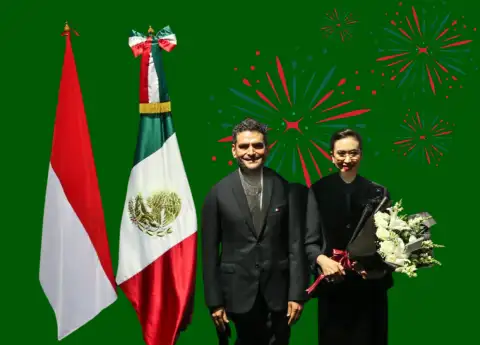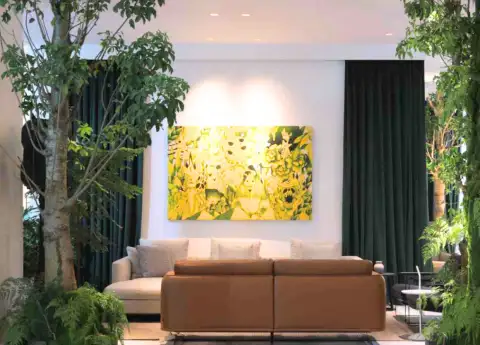BALINESE ARCHITECTURE AT A CROSSROADS: NAVIGATING TRADITION AND MODERNIZATION
Preserving the Rich Cultural Heritage Amidst Rapid Development

In recent years, the iconic Balinese architecture has faced a delicate balancing act between tradition and modernity. The harmonious blend of contemporary Western architectural influences with traditional Balinese aesthetics has given rise to a unique architectural style that captivates visitors from around the world.
However, this fusion has brought forth a pivotal question: Can the island's rich cultural heritage withstand the pressures of rapid development and the demand for modern comforts?
Bali's traditional architecture is rooted in the heart of its people, reflecting their community values, spirituality, and philosophical beliefs. Seven key philosophies - Tri Hita Karana, Tri Mandala, Sanga Mandala, Tri Angga, Tri Loka, Asta Kosala Kosali, and Arga Segara - guide the design of traditional Balinese homes, each philosophy encapsulating a deep connection between humanity, nature, and the divine.
Tri Hita Karana, the philosophy of harmonious relationships, remains a constant thread woven through diverse architectural implementations. Balinese homes, designed as compounds with separate pavilions for various functions, foster both privacy and communal living. This design ethos not only aligns with the island's verdant landscapes but also nurtures a sense of belonging and unity among residents.
The traditional Balinese dwellings are crafted primarily from organic, locally sourced materials such as coconut timber, bamboo, teak wood, natural stone, and thatched roofs. These sustainable choices not only contribute to the distinctive appearance of the homes but also emphasize the community's respect for the environment.
At the heart of every Balinese home lies the sanggah, or family shrine. These sacred spaces, adorned with intricate carvings and artefacts, pay homage to ancestors and deities, fostering a deep spiritual connection between the living and the divine. Neglecting these rituals, it is believed, can attract misfortune and calamity.
As a testament to their reverence for cultural heritage, Balinese society enforces strict building height regulations, preventing any structure from exceeding 15 meters. This commitment to preserving tradition also reflects the island's deep-rooted belief in the symbiotic relationship between humans and the environment. By keeping buildings closer to the height of the coconut tree, the Balinese are actively safeguarding the island's pristine skies and clean air.
However, the island's rapid growth and burgeoning tourism industry have introduced new challenges. The allure of modern comforts and increased profitability has led to a shift away from traditional architectural principles. As the demand for larger accommodations and more rooms grows, there are concerns that these regulations may be relaxed, potentially undermining the delicate balance between tradition and progress.
Contemporary Balinese architecture, while incorporating elements of the island's rich symbolism, sometimes falls short of capturing the true essence of harmony and balance found in the traditional designs. Ornamental representations of philosophical ideals risk overshadowing the deeper connection between humans, nature, and the divine that traditional architecture embodies.
As Bali navigates these crossroads, a careful and thoughtful approach is essential. Striking a balance between preserving cultural heritage and embracing modernity will be critical in ensuring that the island's unique architectural legacy continues to thrive. Balinese architects, developers, and policymakers must work collaboratively to craft a future that respects tradition while accommodating the evolving needs of a dynamic society.
In a world where cultural identities are increasingly vulnerable to the forces of globalization, the people of Bali have a rare opportunity to demonstrate that progress need not come at the cost of their rich and enduring heritage. As they stand on the precipice of change, the island's architectural evolution will undoubtedly shape its identity for generations to come.
#THE S MEDIA #Media Milenial #Balinese architecture #traditional design #cultural heritage #modernization #sustainable construction #Tri Hita Karana #community living #architectural philosophy #environmental harmony #preserving tradition


























